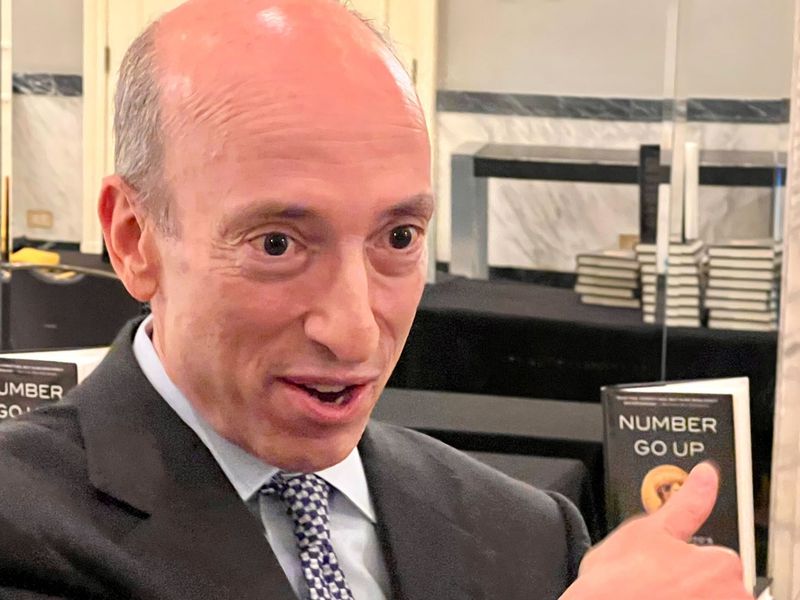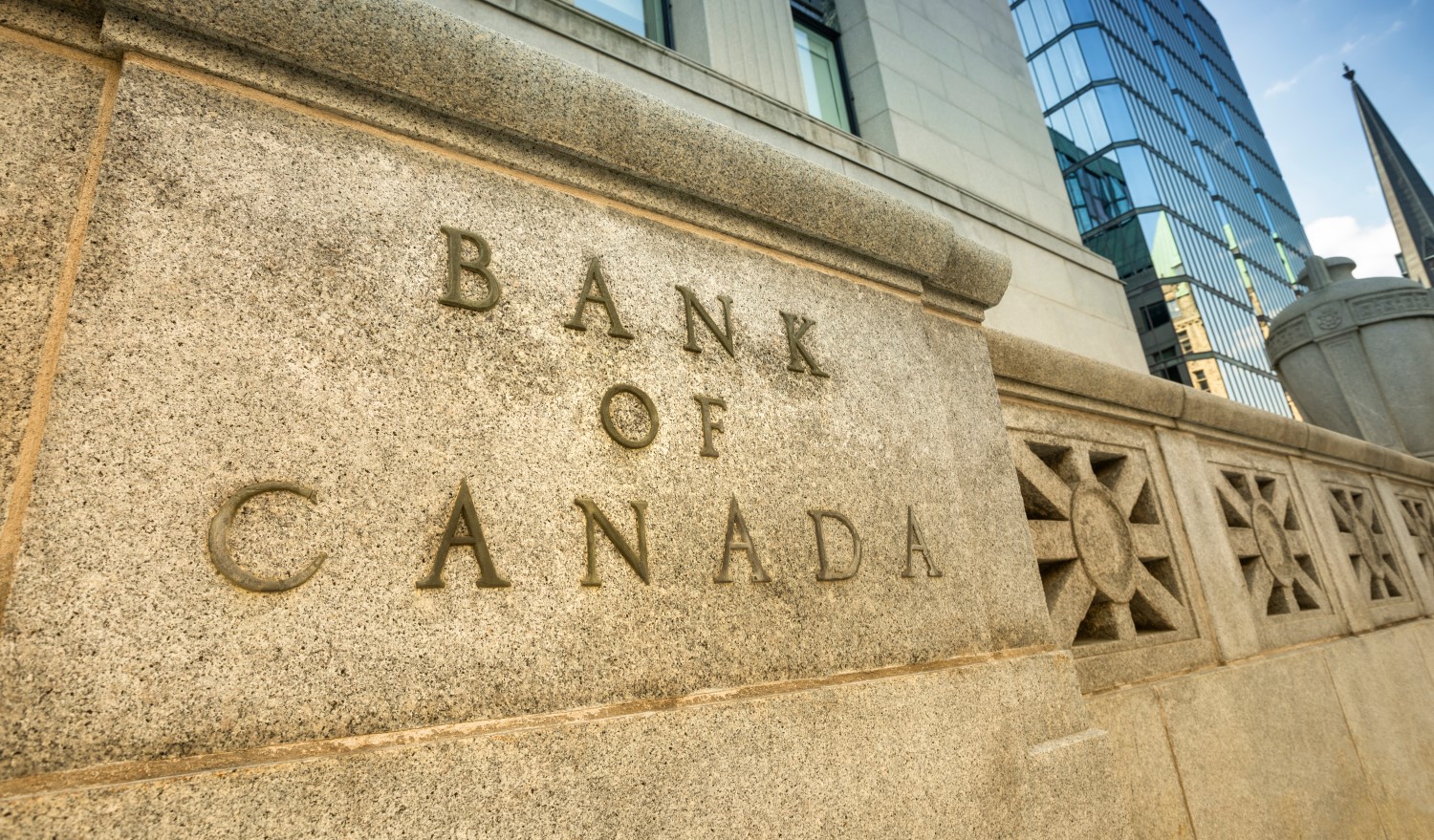For DeFi’s Sake, Maker Should Take Blame for Black Thursday Losses
Anthony Xie is the founder of HodlBot, a trading tool that enables cryptocurrency investors to automate their trading strategies.
Many lifelong cryptocurrency stalwarts had their savings wiped on Black Thursday when a sudden price crash triggered the auction of under-collateralized ethereum posted in the MakerDAO vaults.
While the system did not technically malfunction, a confluence of factors enabled a few opportunists to win the collateral auctions despite placing extremely low bids.
The question stands as to whether MakerDAO should be held responsible for this incident.
To better understand this situation, first, some background on how MakerDAO works.
For DAI to maintain its price at $1, it must lock away $1 worth of ether, plus an excess amount in a collateralized debt position.
The point of over-collateralization is to help DAI maintain its currency peg. This way, when the price of ETH falls, the value of the underlying collateral is still equal or greater to the value of DAI issued. The target liquidation ratio determines the amount of over-collateralization required.
In the event of a price crash, DAI can become under-collateralized.
More than a third of all liquidations were practically free.
The underlying ETH can only withstand so much of a price crash before it becomes less valuable than its corresponding DAI.
In this case, users can trigger collateral auctions on vaults that now have too few holdings.
The Collateral Auction Process
The MakerDAO network deems a vault unsafe once the posted collateral falls below the amount mandated by the liquidation ratio.
When vaults are in breach, any user can trigger a collateral auction by sending a bite transaction identifying the unsafe vault.
Once an auction commences, participants bid with DAI to acquire the collateral.
The highest bid wins the auction when it remains undefeated for the minimum bid duration (10 minutes).
While this auction system worked in the past under normal circumstances, the crash led to unfavorable conditions causing the auction system to short-circuit and malfunction. Consequently, $8.3 million of Ethereum was liquidated for $0.
During the crash, the ETH network experienced heavy congestion and increased gas prices. Price oracles, parts of the system responsible for fetching market prices, were delayed.
Once the price oracles came back with the news of the market crash, the updated system deemed a large number of vaults to be under-collateralized all at once.
Sensing the opportunity, a few users started triggering liquidation auctions. Then they placed very low bids, often $0, as they realized no other “keepers” were bidding against them.
The reason nobody else was bidding was because the keeper market had collapsed. Not only did heavy network traffic cut down the number of keepers in droves, but a liquidity squeeze was also afoot. Many keepers shut down because they were unable to liquidate ETH fast enough for DAI. Others refused to participate during the liquidity squeeze because the price of ETH was falling too quickly. For example, users incurred a loss after buying ETH for 170 DAI and selling it at 130 DAI two hours later.

After 10 minutes of silence, the opportunists were able to settle their winning bids and acquire all of the ETH posted in the sale.
According to the whiterabbit research team, out of 3,994 liquidation transactions, 1,462 (36.6 percent ) were realized with a 100 percent discount.
More than a third of all liquidations were practically free. Cumulative losses from auctions with zero bids amounted to $8.325 million.
The biggest vault lost 35,000 Ether.
The /r/MakerDAO community on Reddit, usually an incredibly steadfast and loyal group, was extremely upset about this incident.
Those who lost their lifelong savings clamored for MKR holders to take responsibility by compensating victims.
Others pointed fingers at MakerDAO for the lack of accountability. They demanded questions to be answered, such as why the governance protocol changed the minimum bid duration from 3 days to 10 minutes.
Although some argued that the keeper market and collateral auction worked as intended, others countered that the risks were understated and not made clear.
No summary can adequately capture the rawness and veracity of the victims’ accounts. To get a first hand-look, take a look at the top-ranking posts /r/MakerDAO in the past month.
Should Maker Compensate?
So far, there has been no planned recourse for the victims of $0 liquidations.
The MakerDAO team’s immediate concern seems to be neutralizing the network deficit by minting new MKR tokens to buy back under-collateralized DAI.
However, they’ve opened up a discussion thread to determine whether compensation should be issued, and if so, how it would happen.
To an outsider like me, MakerDAO’s response does not seem adequate enough. We have seen this pattern too many times in the traditional financial markets, where large financial institutions transfer tail risks onto their clients.
Innovative DeFi projects will inevitably run into obstacles like this and will need to iron out their intra-system rules. But that does not mean that that burden of systematic failures should be placed upon the shoulders of a few unlucky end-users.
A well-funded project, like MakerDAO, should own up to these mistakes and take responsibility for them. Otherwise, it will severely hamper the confidence of new users, as well as the confidence of their existing community members. If users have less confidence in the project, then it will be harder for MakerDAO to gain product adoption even if their infrastructure is not prone to being susceptible to the same mistakes.
Should Maker Take Blame? The Debate on Reddit
Maker has already eaten about two-thirds of the loss, as they paid out DAI as the loan on the collateral.
Many liquidation victims sold their DAI for ETH and put the ETH back in the collateralized debt position for a more favorable liquidation ratio. As such, they would have lost significantly more than one third.
All the information about how liquidations took place is available on-chain in the form of smart-contract code.
If Maker wants to make the jump to mainstream adoption, they should describe protocol mechanisms in clear, easy-to-understand language.
Users could have run keeper bots to liquidate their vaults at favorable rates.
Maker can’t expect all users to be programmers.
Users were fairly liquidated as they failed to keep enough collateral in their vault.
The Oasis Dapp, created by MakerDAO, clearly stated that the liquidation penalty would only be 13 percent. This instruction was highly misleading and underrepresented the risk to users.
Setting a precedent for compensating vault users could undermine the game-theoretical mechanisms underpinning the protocol.
The current mechanisms are not perfect, and they must be improved. If users expose protocol short-comings and suffer from harm in the process, then the community should compensate them.
Disclosure Read More
The leader in blockchain news, CoinDesk is a media outlet that strives for the highest journalistic standards and abides by a strict set of editorial policies. CoinDesk is an independent operating subsidiary of Digital Currency Group, which invests in cryptocurrencies and blockchain startups.









